5 Best Midjourney Prompts: August 2024 (Fringe Photography)
Midjourney modifiers that mimic experimental ways of making photos.
It’s the last issue of the month, so it’s time for the customary list of Midjourney modifiers. (See all the past ones in this list.)
In this ongoing series, I share simple, standalone descriptors that strongly affect the look of your image.
My last photography-focused edition mainly discussed different lenses and camera angles. This post is more about niche photographic techniques and processes.
Today’s subjects for showcasing the modifiers are:
Fox
Fruit basket
Shooting stars
Let’s go!
Prompt #1: “[subject], cyanotype”
Cyanotypes don’t even use a camera. Instead, the process works by first treating a paper (or fabric) with a special chemical solution that’s sensitive to UV light. Later, you place your desired object onto the paper and put it out in the sun. The UV rays will make the paper turn cyan, while the object on it will leave behind a white outline.
In the real world, cyanotypes are limited to smaller items, typically leaves and plants. With Midjourney, you can make cyanotypes of objects and scenes that’d never be physically possible, while retaining the cyan-blue look.
Sample images:
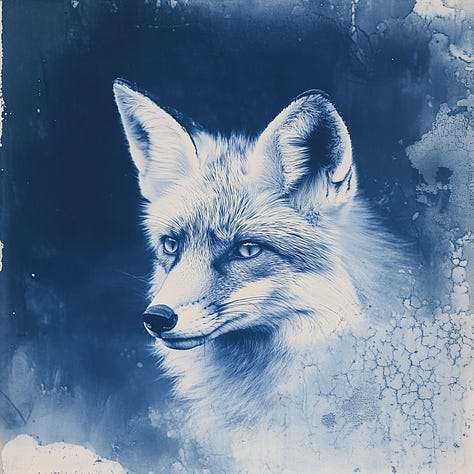
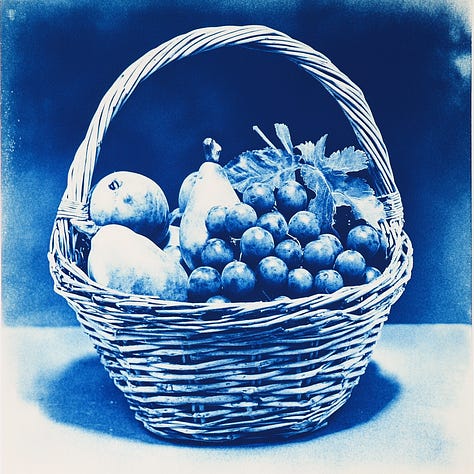
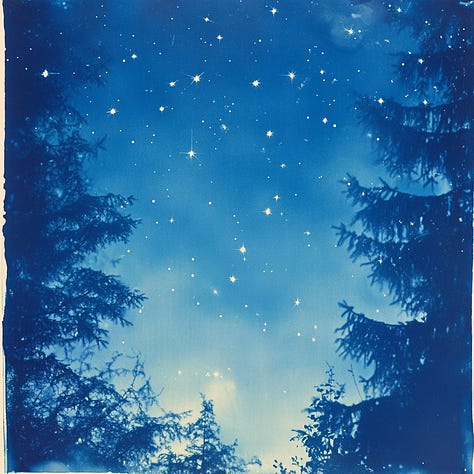
Prompt #2: “[subject], daguerreotype”
The daguerreotype was the first-ever commercially successful photographic process. It relied on a light-sensitive silver-plated copper plate placed inside a camera. After exposure, the image of the subject would “stick” to the plate and could later be coaxed out using mercury vapor. Yeah, don’t look at me, it’s magic.
Note: While daguerreotype images were black and white1, Midjourney may get creative and add a splash of color. If you want to avoid this, add “grayscale” or “black-and-white” to your prompt.
Sample images:
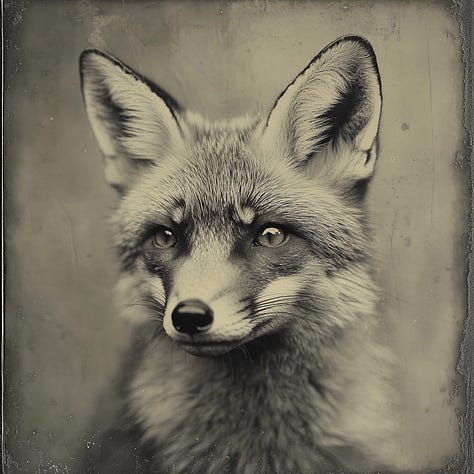
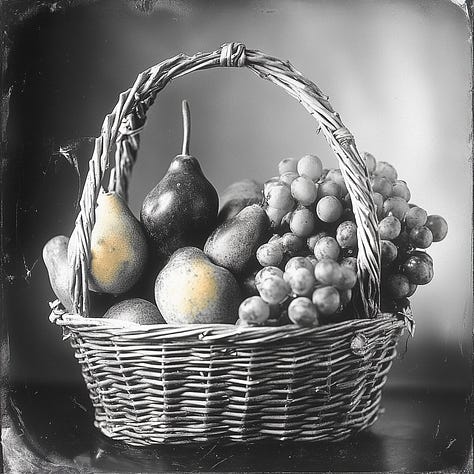
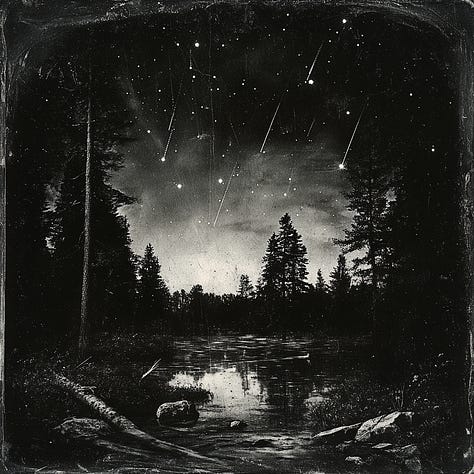
Prompt #3: “[subject], Kirlian photography”
Yet another camera-free process is Kirlian photography. In a nutshell, you place an object on top of a photographic film that rests on a metal discharge plate. Then you zap it with electricity. (Not recommended for family photos.) This leaves behind an imprint of the object with a sort of halo effect around its edges, or “corona discharge” if you’re fancy. Just as with cyanotypes, Midjourney lets you “photograph” scenes that’d be impossible with this process in the real world.
Sample images:
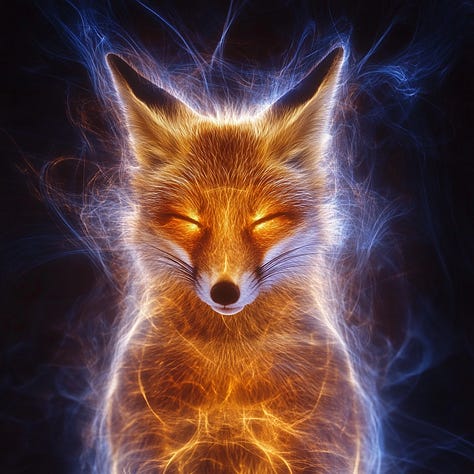
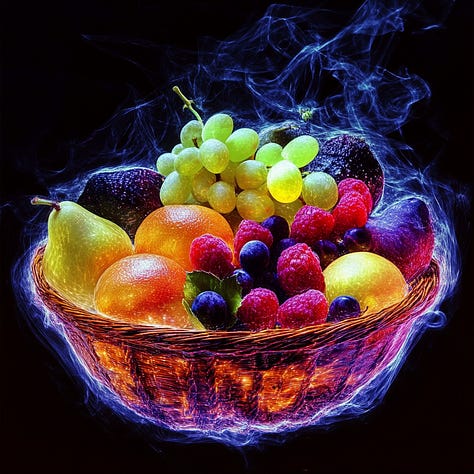
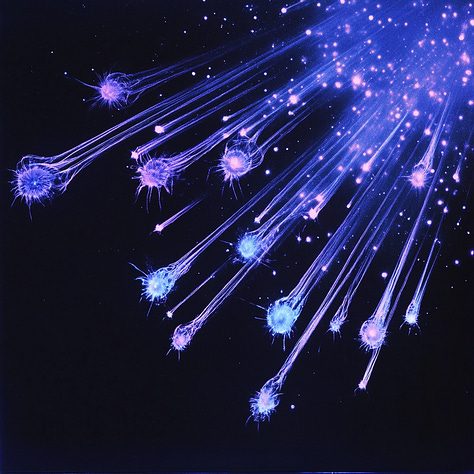
Prompt #4: “[subject], thermography”
Thermography is all about capturing infrared radiation from objects to detect areas of different temperatures.
Unlike the other methods on this list, thermography isn’t typically used for artistic purposes. Instead, it has practical applications in medical imaging, thermal mapping, and helping Predator hunt down its victims.
But Midjourney lets you apply this modifier to any scene, with funky results.
Sample images:
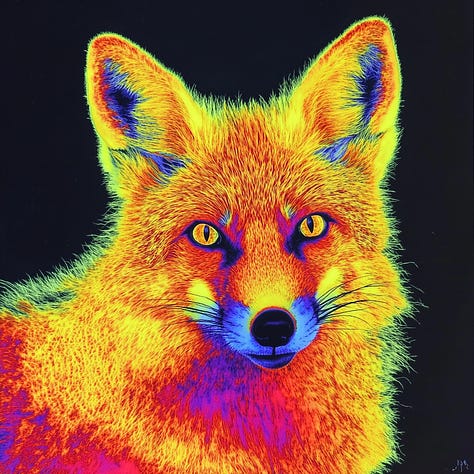
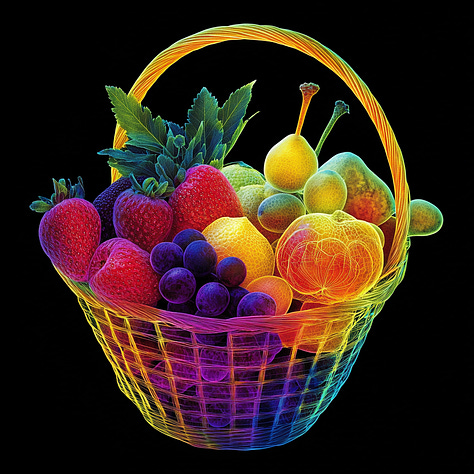
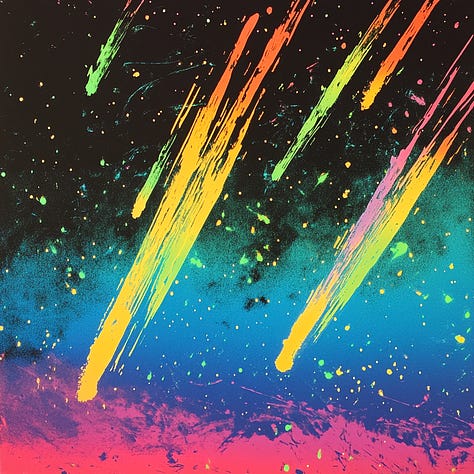
Prompt #5: “[subject], Aerochrome”
And speaking of infrared.
Aerochrome was a type of film that Kodak discontinued in 2009, because we can’t have nice things. The film was particularly sensitive to infrared light, giving the resulting images a strong reddish tint.
While it’s still possible to obtain (extremely expensive) Aerochrome film, Midjourney lets you mimic it for much less money.
Sample images:
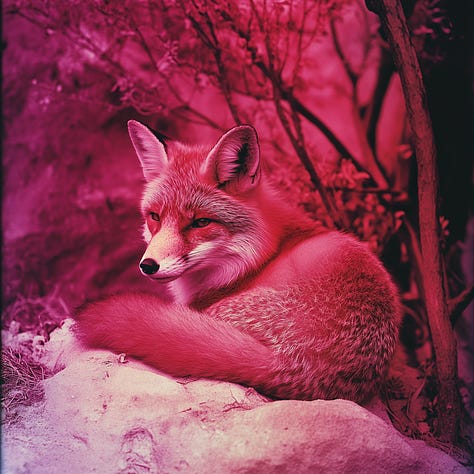
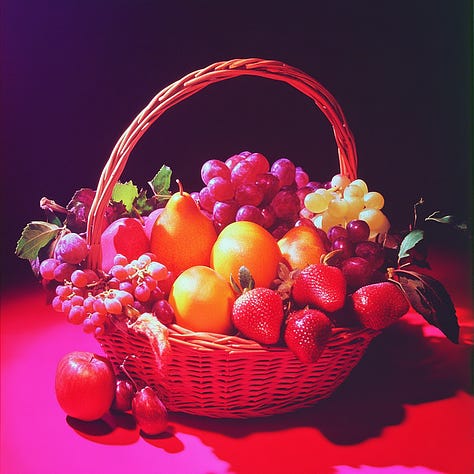
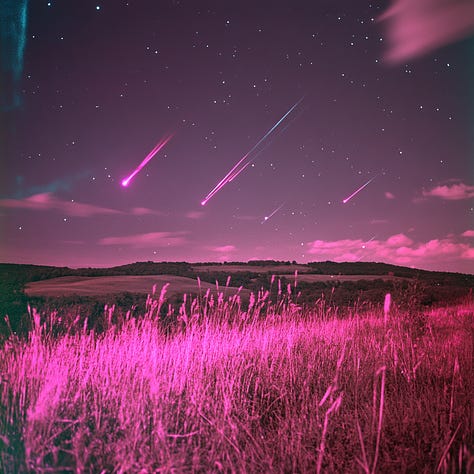
Over to you…
As always, I suggest also trying these modifiers in other text-to-image generators to see what you get.
Want to share your own prompts and modifiers?
Leave a comment or shoot me an email at whytryai@substack.com.
Here’s every Midjourney modifier I ever covered in one giant visual guide:
Although some were hand-painted afterward.

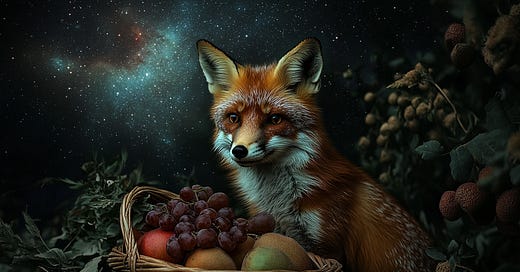


Daguerrotype is probably my fave of these. I might try fiddling a bit with it! I also like thinking about Daguerre and how he kind of figured out how to take pictures.